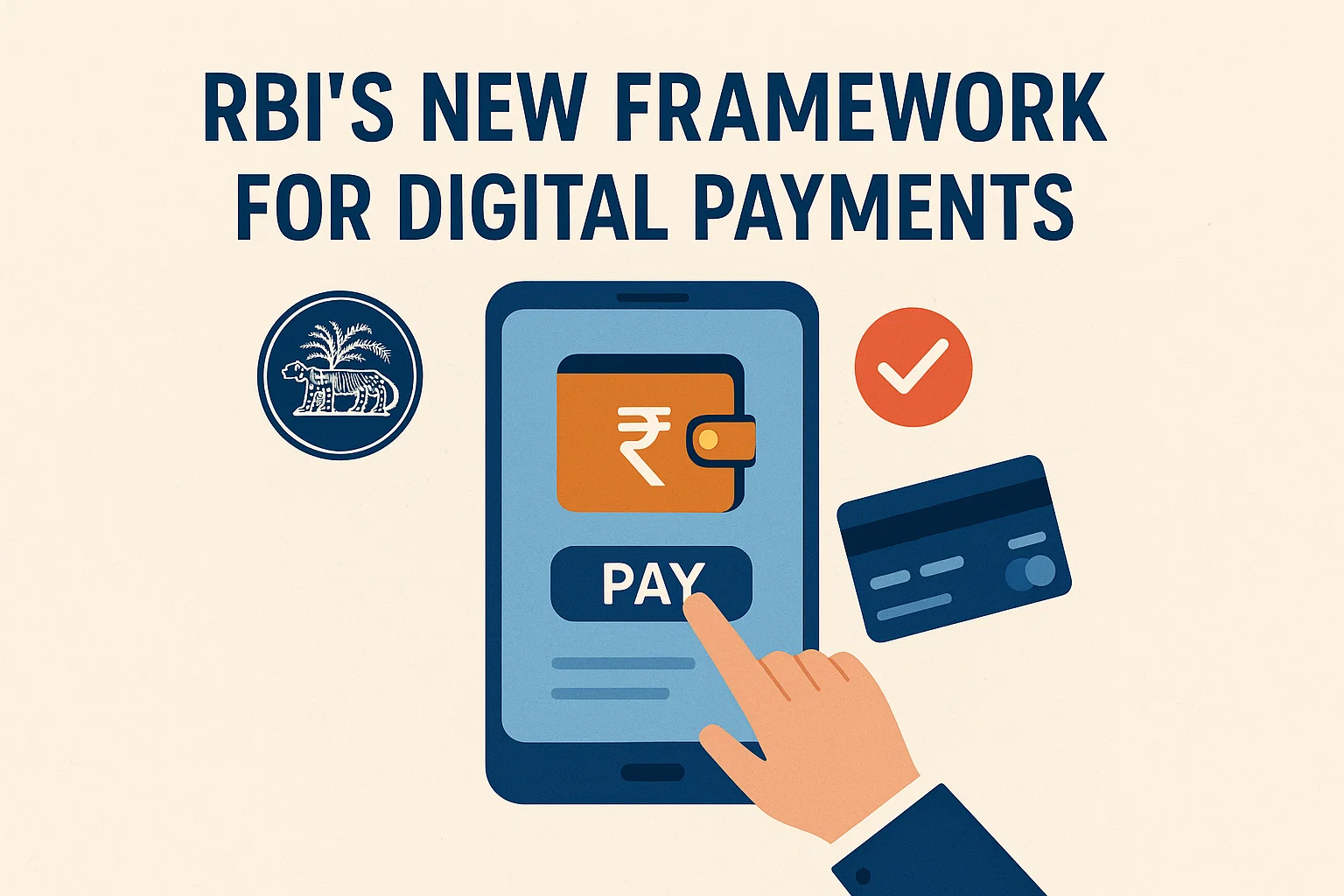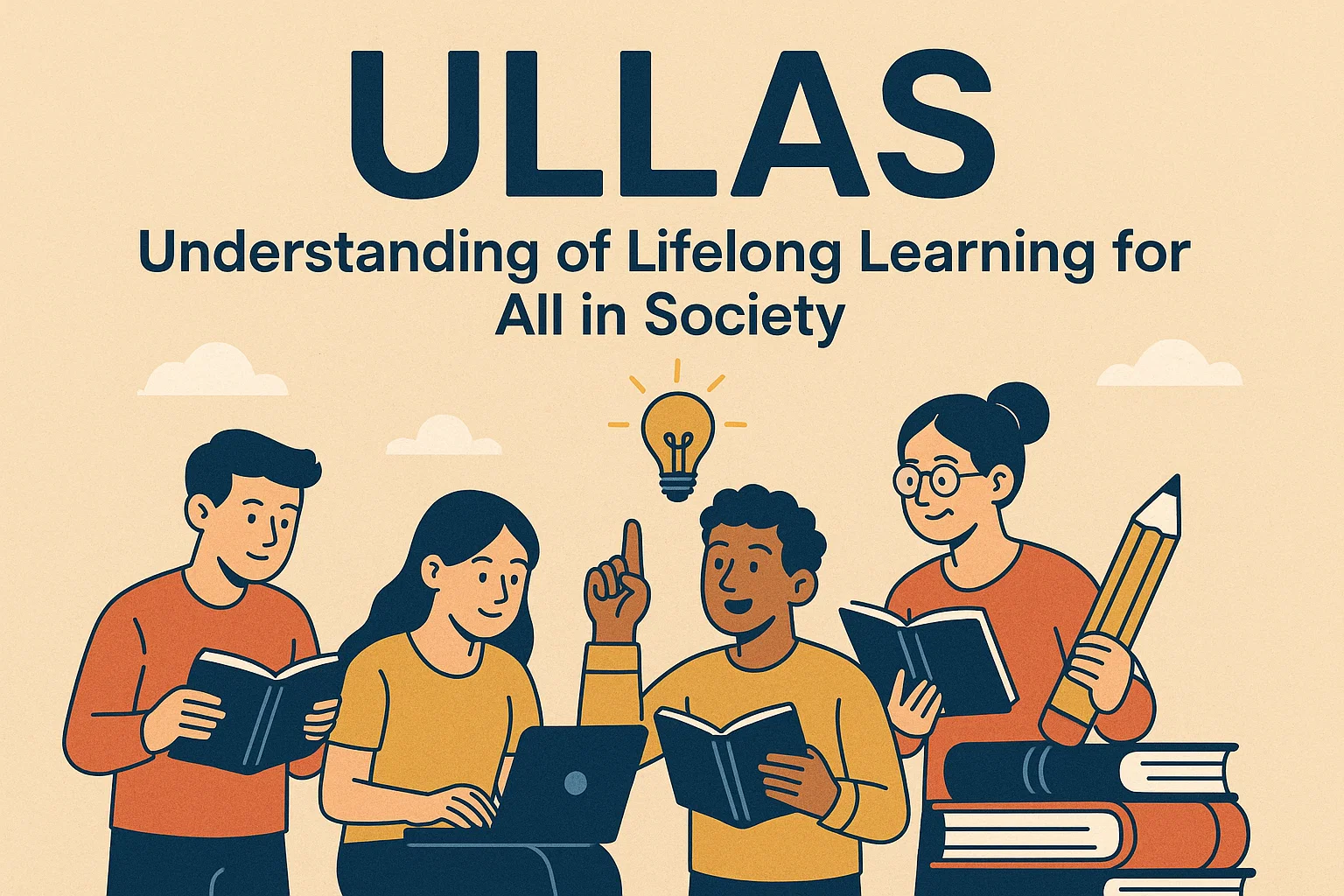Font size:
Print
India Energy Stack and the Future of Power: A Bold Step Toward Digital Transformation
India Energy Stack: A Strategic Leap Towards Smart Energy Management
Context: The Ministry of Power is spearheading the India Energy Stack (IES) initiative as part of its mission to build a unified and interoperable digital backbone for India’s power sector. To guide this ambitious project, the Ministry has constituted a 17-member Task Force, comprising leaders with deep expertise in digital infrastructure and governance.
Why is the India Energy Stack being developed?
What is the India Energy Stack (IES)?
- India Energy Stack (IES) is a proposed Digital Public Infrastructure (DPI) initiative aimed at digitally integrating India’s fragmented power sector.
- It is designed to standardise, secure, and interconnect every element of the electricity value chain — from producers and DISCOMs to consumers, regulators, and markets — much like what Aadhaar did for identity and UPI did for digital payments.
India’s power sector faces structural and operational challenges, especially due to:
- Electricity being a concurrent subject, leading to fragmented systems across states.
- Lack of unique identifiers for consumers and assets.
- Inaccessible or non-harmonised real-time data.
- Digital systems that are non-interoperable, preventing efficient data-sharing or cross-regional transactions.
These challenges mirror the situation before Aadhaar and UPI and highlight the urgent need for a unified digital layer to unlock efficiency, transparency, and innovation in the power sector.
How will IES transform India’s power sector?
- Unique digital IDs for consumers, assets, and energy transactions.
- Consent-based real-time data sharing for better planning and grid management.
- Open APIs to promote interoperability, transparency, and innovation.
- Creation of energy fintech solutions, peer-to-peer energy trading, and virtual power plants.
- It will also:
- Improve DISCOM efficiency.
- Deepen consumer empowerment and energy choice.
- Support carbon accounting, load balancing, and demand-response programmes.
- Accelerate renewable energy integration.
What are the key components of the India Energy Stack?

What are the expected benefits of the IES?
- Consumers/Prosumers: Buy/sell electricity in real time, use stored energy, and track consumption.
- DISCOMs: Better demand forecasting, loss reduction, and improved billing systems.
- Grid Operators: Enhanced load management and decentralised dispatching.
- Policy Makers: Data-backed decision-making and climate accountability.
- Startups/Fintechs: New market opportunities in smart energy financing, peer trading, etc.
What are the major challenges in IES implementation?
- State utility resistance to sharing data or conforming to standards.
- Infrastructure gaps, such as smart meter penetration.
- Regulatory bottlenecks in enabling decentralised markets and open access.
- Ensuring cybersecurity and data privacy in such a critical infrastructure layer.


